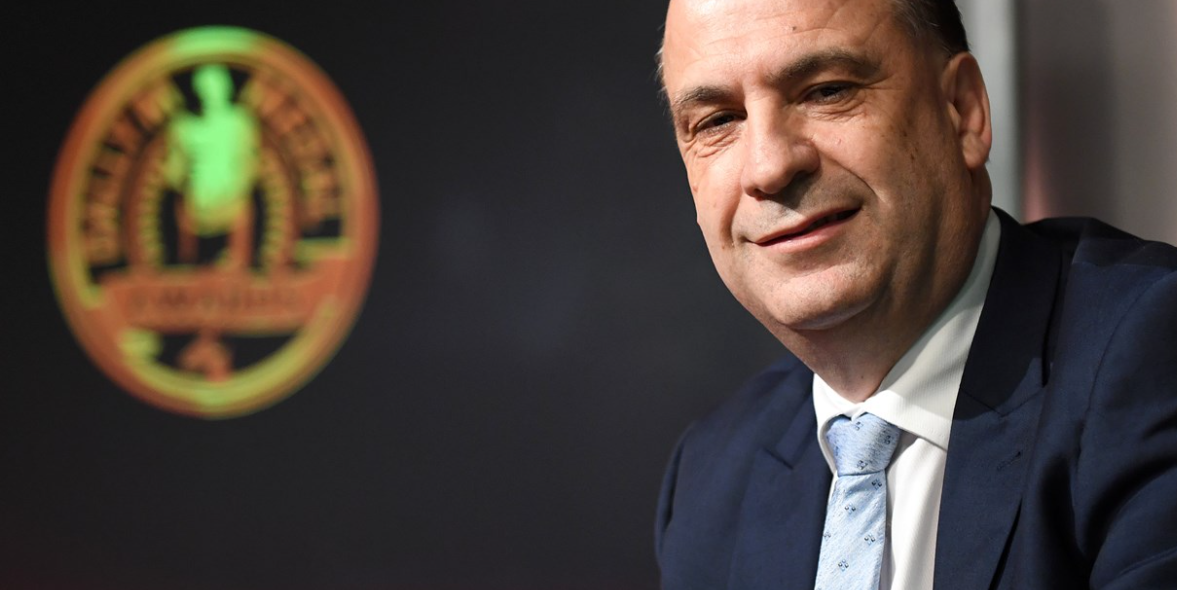Is the NRL making it up as they go again?
0Just like a Victor Radley tackle that aims at the chest but slips up high, the latest NRL crackdown – this one mainly focused on any (literally any) contact above the shoulders, is well-intentioned but ultimately flawed in its execution. A poorly timed overreaction to an issue that the sport was already making considerable positive strides on, and it made a mockery of one of their supposed showpiece events of the season.
Before going any further, let’s be clear that over the last few weeks the debate over this crackdown has often been misrepresented as being between those who support ‘player welfare’ and those who don’t. But like most things in life, the issue isn’t that black and white. Most critics to the new rules understand that the brutal, anything-goes game of 20 or 30 years ago is gone. They just want a bit of common sense and thought applied before the NRL enacts yet another change to a game that they seem unable to stop tinkering with.
So, what’s the problem with coming down hard on high contact? The players can just ‘tackle lower’ right?
Firstly, the timing of the crackdown was ludicrous. The NRL brought these sweeping changes in not only mid-season and with no time for the teams to prepare for it, but during Magic Round, a festival-type occasion where all the games are played at Suncorp Stadium in Brisbane. Except this year instead of a celebration of great footy, the fans, many of whom had travelled from outside Brisbane for the occasion, were treated to 14 players sin-binned and 3 send-offs, with an average winning margin of 21 across the 8 games. Forget Magic, this was a Muggle Round.
Why these changes had to be rushed in in Round 10 of the season is still a mystery, with the NRL providing different explanations depending on what day of the week it is. Peter V’Landys, ARL chairman and the mastermind behind most of the changes the code has undergone in recent years, attempted to explain it away by saying he gave the clubs a couple of weeks warning. I’m not sure why he thought that made the situation any more palatable for the players and fans, but this is an administration that often acts before properly considering the reasons for or consequences of what they’re doing.
As an example, despite having a very watchable product over the last few years, the powers that be suddenly decided the game needed to be ‘faster’. As a result, over the last year or so we’ve had referees handing out repeat sets rather than blow penalties, especially for holding on too long in the ruck. Repeat set distribution appears to basically be at random, frustrating many viewers. What was already a very fast game is even faster but not better, with big collisions but even bigger winning margins.
As such the irony of the crackdown is that V’Landys and co have tried to make the game both faster and safer almost simultaneously. Not surprisingly this is proving extremely difficult for the players to adjust to. Most have been trained since under-8s to tackle between the abdomen and the shoulder region in order to wrap up the ball, and because smart coaches figured out long ago that if you tackle around the legs, your only reward is that you either can’t get back to marker in time, or you’re penalized for holding on to the tackled player for too long
This is still the case after the latest crackdown – the NRL stresses that they want the players to tackle as low as possible, but has provided them no incentive to do so, and is in fact cracking down harder than ever on ruck infringements in order to speed up the game. The whole thing is a giant contradiction.
Ironically, the other potential reward for tackling low is a concussion to the defender, empirically speaking at greater rates than those suffered by attackers. It’s all very well for V’Landys to sit there in interviews and simply say ‘tackle low’, it’s a whole different proposition when 120 kgs of Jason Taumalolo or Jared Waerea-Hargreaves is coming at with you with a full head of steam up, legs pumping and limbs everywhere.
The other puzzling aspect of the timing of this crackdown is that player welfare is an area the NRL has been steadily improving on for several years now. In the last few years alone they have banned the shoulder charge, introduced strict Head Injury Assessment protocols, a mandatory minimum stand-down period for players who suffer repeated head knocks in a certain time period, introduced sin bins for foul play, and re-jigged the judiciary system to distribute harsher penalties for reckless high tackles and those who offend repeatedly.
In Round 8 this year, before the Magic Round farce, Siosifa Talakai of the Cronulla Sharks received a 4-week suspension for a shoulder charge that 10 years ago would have got him a pat on the back. Only the most ardent Sharks supporter would have thought the punishment harsh. In Round 6 Jack Hetherington got a suspension that would have normally been 2 games, however the way the system targets repeat offenders meant he was upgraded to a 6-week suspension.
Of course, there is always progress that can be made when it comes player welfare, but by and large the system was already striking the right balance between crime and punishment. It’s too far to say that this was a problem that was already solved, but it didn’t require such dramatic and immediate action as what we’ve seen in the last few weeks.
Many former players have spoken out about the way this latest crackdown has been rolled out, and a lot of these comments have been written off as has-beens unrealistically yearning for the ‘old’ rugby league. It’s more than that though. Former players understand how quick the game is, how a split second can be the difference between a perfect tackle and an accident, and that at the end of the day this is a physical game that sometimes can be dangerous. You will never remove all the risk from a game like rugby league, or any contact sport for that matter, and constantly increasing the punishment for accidents to the detriment of the product won’t change that.
Striking a balance is possible. What’s needed is an NRL administration that rather than constantly making knee-jerk reactions, continues to prioritize player welfare, whilst understanding any changes they make to the game will have an effect on what makes it so popular in the first place. This current administration certainly doesn’t get it; they’re just making this stuff up as they go along and seeing what sticks.
Follow James on Twitter

